Here are some of those resonant, sublime moments, posted here in the past or the subject of future posts.
1. Lewis and Clark reach the Pacific and embrace a more inclusive democracy:
(from an earlier blog post on americanrealities.com)
"One of my favorite moments in American history is embodied in a simple phrase recorded by William Clark in 1805 shortly after he and the Corps of Discovery reached the Pacific: 'Ocean in view! Oh! The joy!' After two years of hard travel across inland America, Lewis and Clark had reached salt water. There were many reasons to rejoice at that moment. They were the first to cross the continent through American territory. They accomplished the task without hostilities with any Native American peoples. They lost only one man during the crossing. And then in a single moment their success was assured. Making the event even more wondrous, as if in confirmation of the kinship they had experienced on the crossing, the expedition members voted together on November 24, 1805, in deciding where to locate their winter camp. In this case the “they” was not only free white males, as was the customary electorate in the United States at that time, but it included the Indian woman Sacajawea and William Clark’s slave, York. In their moment of triumph, they set an example in democracy not known to the nation as a whole until more than a century later."
2. In a refugee camp, after World War II, a Jewish orphan sings a song for Eleanor Roosevelt
In this passage from Eleanor Roosevelt: a Personal and Public Life, the great lady has just finished work in London at a session of the newly founded United Nations. Her assignment had been refugees, and typical of her approach to life, she was not content to study the problem from afar. She must visit actual camps across the channel:
Of the several refugee camps that Eleanor toured the most memorable was Zilcheim, a Jewish camp outside Frankfurt, where the refugees had built an earthen hill on top of which they placed a stone monument "To the Memory of All Jews Who Died in Germany." As a young woman Eleanor had disdained Jews, but her attitude had changed with her personal growth. Her journey into humanity made her more sensitive to the needs of women and blacks and taught her to recognize the dignity and the suffering of Jews in America and abroad. At the beginning of the war, she had urged Franklin to receive more Jewish refugees into the United States. Now she was standing among the survivors of the holocaust.
Eleanor could see grief in the faces of the men and women in the Jewish camp; each "seemed to represent a story more tragic than the last." An old woman who had lost her family knelt in the mud before Eleanor and threw her arms around her legs. "Israel," she murmured, "Israel, Israel." A boy of twelve approached Eleanor. He had wandered into the camp holding his younger brother, about six, firmly by the hand. He did not know his own name, or where he lived, or what had happened to his parents. "He was just there," Eleanor wrote, "taking care of his younger brother." He wanted to sing for her, and so she and her guides stopped to listen. Then standing in the mud of the dirty refugee camp the orphan raised his small head and sang" A Song of Freedom." For a moment all the world was that small boy, and "no one listening could speak." Eleanor, who had been an orphan when she was twelve, with a younger brother, in a place that was not home, listened intently to the song that was sung for her....
Instead I'll leave this rumination about a nine-year-old Dutch girl in Holland and a twelve-year-old Jewish boy in Germany, separated by more than 60 years, known to us in entirely different circumstances, but alike in their surprising appeal to our hearts. There are many moments like these in American history and beyond. We only need to look for them.
(You know you want to!)
This current post is one of a growing number of historically-themed entries on americanrealities.com. To see a complete list of other entries, click here

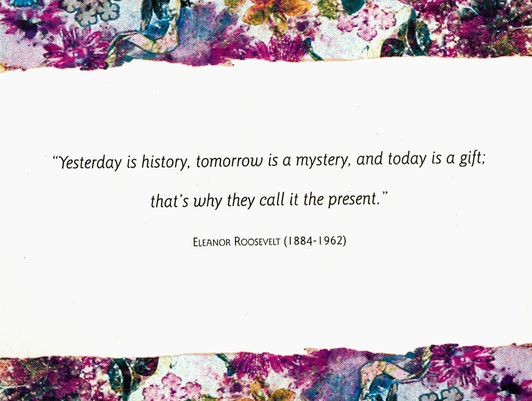
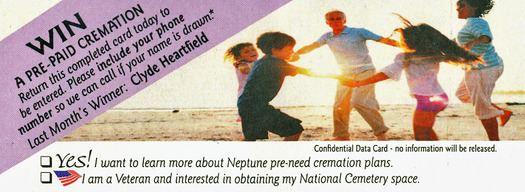
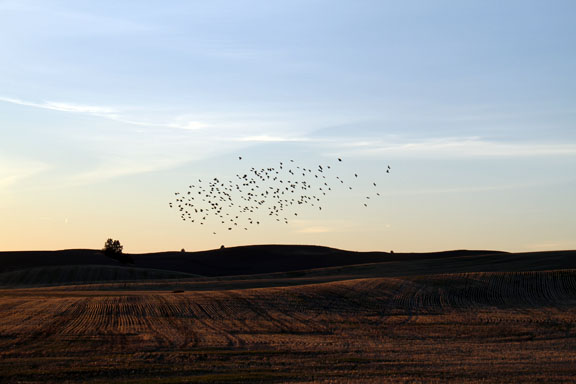
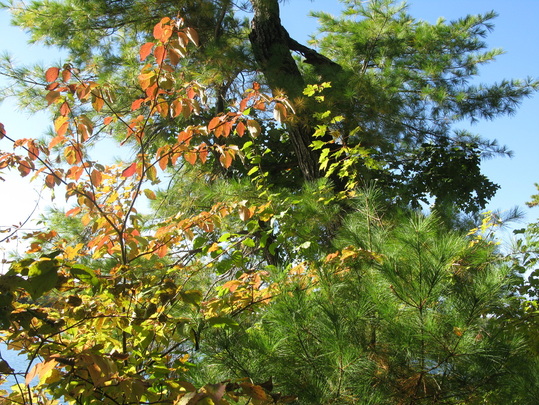

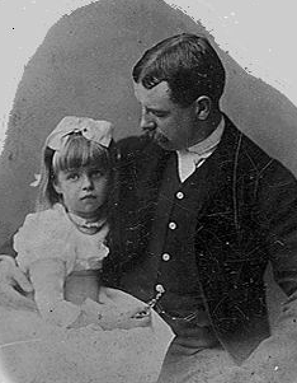
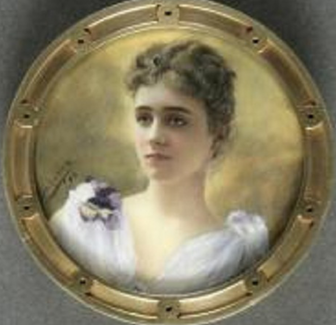
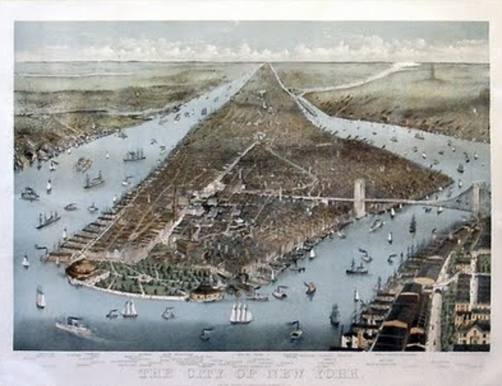
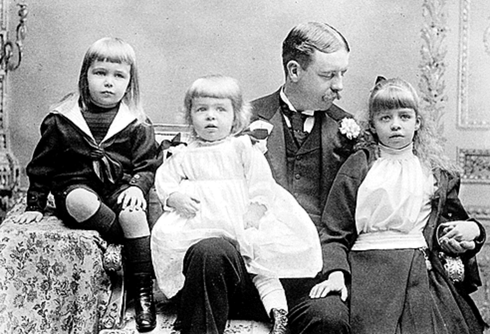
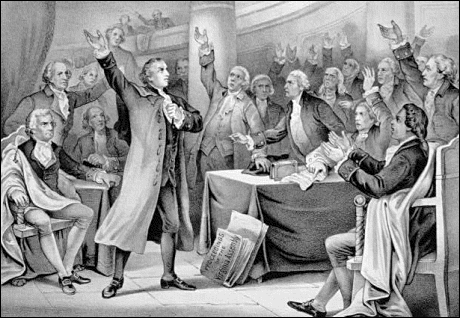
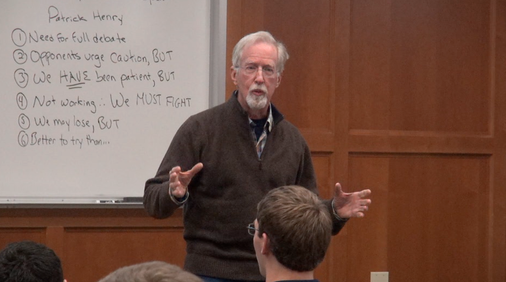
 RSS Feed
RSS Feed